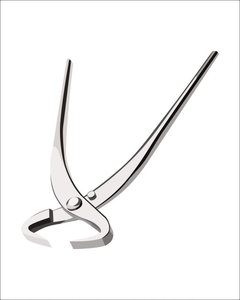Gashed caused on ponytail palm. Is it a goner?
splatteredwhim
25 days ago
Featured Answer
Sort by:Oldest
Comments (9)
41 North (Zone 7a/b, NE, coastal)
25 days agoken_adrian Adrian MI cold Z5
25 days agoRelated Professionals
Alpharetta Landscape Contractors · Bedford Landscape Contractors · Coram Landscape Contractors · Clarksburg Window Contractors · West Haven Window Contractors · Northlake Fence Contractors · Pasadena Fence Contractors · Fort Lee Landscape Architects & Landscape Designers · Summit Landscape Architects & Landscape Designers · Andover Landscape Contractors · Barrington Landscape Contractors · Bergenfield Landscape Contractors · College Park Landscape Contractors · Vancouver Landscape Contractors · Wilton Landscape Contractorssplatteredwhim
25 days agowestes Zone 9b California SF Bay
18 days agolast modified: 18 days agotapla (mid-Michigan, USDA z5b-6a)
18 days agowestes Zone 9b California SF Bay
16 days agojohn davis
16 days agotapla (mid-Michigan, USDA z5b-6a)
16 days ago










tapla (mid-Michigan, USDA z5b-6a)